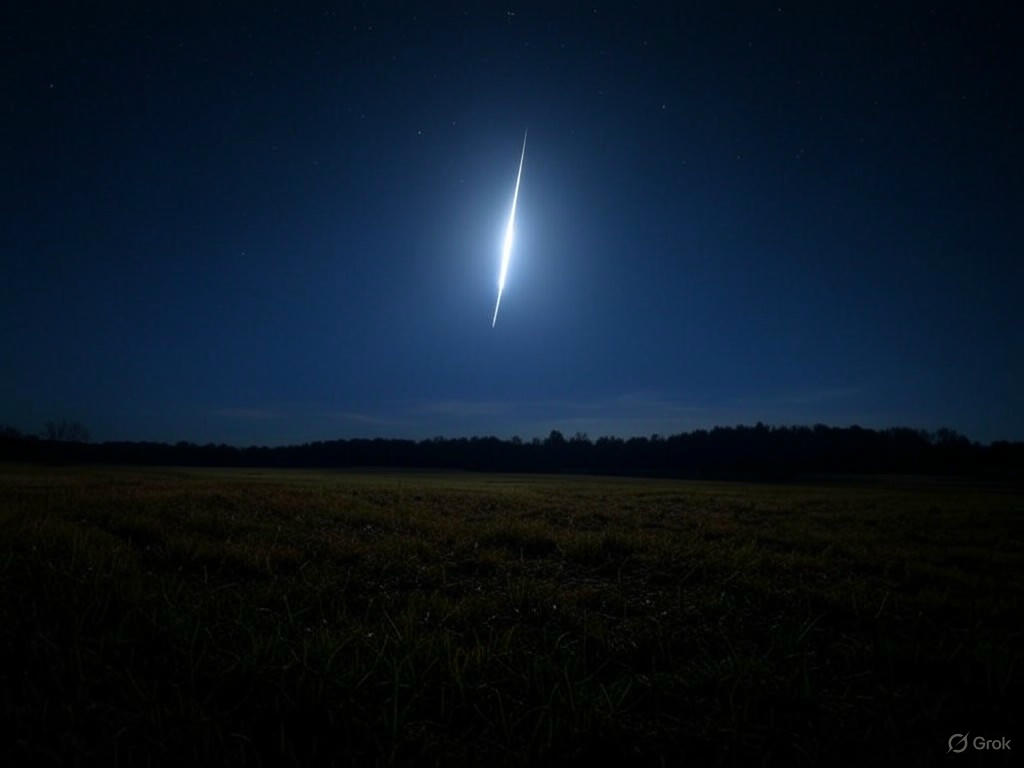As the warmth of early summer envelops the Northern Hemisphere, skywatchers have a celestial treat in store for the week of June 7-13, 2025. According to forecasts from the American Meteor Society, this period promises heightened meteor activity, offering a dazzling display for amateur astronomers and casual stargazers alike. If you’ve ever dreamed of witnessing streaks of light darting across the night sky, this could be your chance to marvel at nature’s own fireworks.
During this specific week, the Earth will pass through streams of cosmic debris left behind by comets and asteroids, resulting in an uptick in visible meteors. These tiny particles, often no larger than a grain of sand, burn up upon entering our atmosphere, creating the brilliant trails we recognize as shooting stars. While major meteor showers like the Perseids or Geminids might steal the spotlight later in the year, early June often brings lesser-known but equally enchanting activity. Experts suggest that the radiant points—areas in the sky from which meteors appear to originate—will be scattered across various constellations, making the entire sky a potential canvas for this cosmic show.
For the best viewing experience, patience and preparation are key. Find a location far from city lights to minimize light pollution, as even the faintest meteors can be obscured by urban glow. Bring a comfortable blanket or reclining chair, as you’ll want to settle in for a long night of sky-gazing. The peak hours are typically after midnight, when the Earth’s rotation positions your location directly into the stream of debris. While exact numbers are hard to predict, observers in dark-sky areas might spot anywhere from 10 to 20 meteors per hour during peak activity. Keep in mind that weather conditions play a significant role—clear, cloudless nights are ideal for catching every fleeting streak.
Beyond the visual thrill, this event serves as a reminder of our planet’s place in the vastness of space. Each meteor is a fragment of history, a remnant of ancient celestial bodies that have journeyed through the solar system for millennia. Watching these brief flashes of light can inspire a sense of wonder about the universe and our connection to it. For those with a scientific bent, documenting observations or even photographing meteors can contribute valuable data to ongoing research about these interplanetary travelers.
As June 7-13 approaches, mark your calendars and prepare for a night under the stars. Whether you’re an avid astronomer with a telescope or simply someone who enjoys the quiet beauty of the night, this week offers a unique opportunity to witness the magic of meteors. So, gather your friends or family, head to a dark spot, and let the sky tell its ancient story—one fiery streak at a time.
